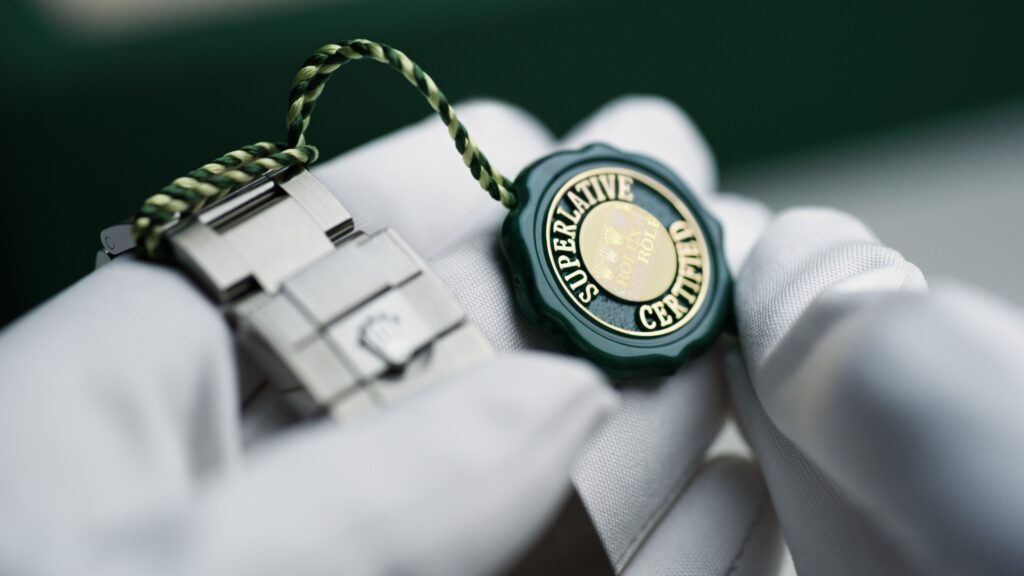Some watches are stopwatches mentioned. And some add to that in the form of superlative stopwatches or master stopwatches. Most watch enthusiasts know that this has something to do with accuracy, but what exactly is it? And where did the chronometer come from? Time to dive a little deeper into that!
Text: Thomas van Straaten
Chronometry literally means measuring time. In this sense, every watch is actually a chronometer. Yet today, this title is reserved exclusively for watches with outstanding precision. To appreciate that precision, we have to go back in time. Back to 1735 to be precise.
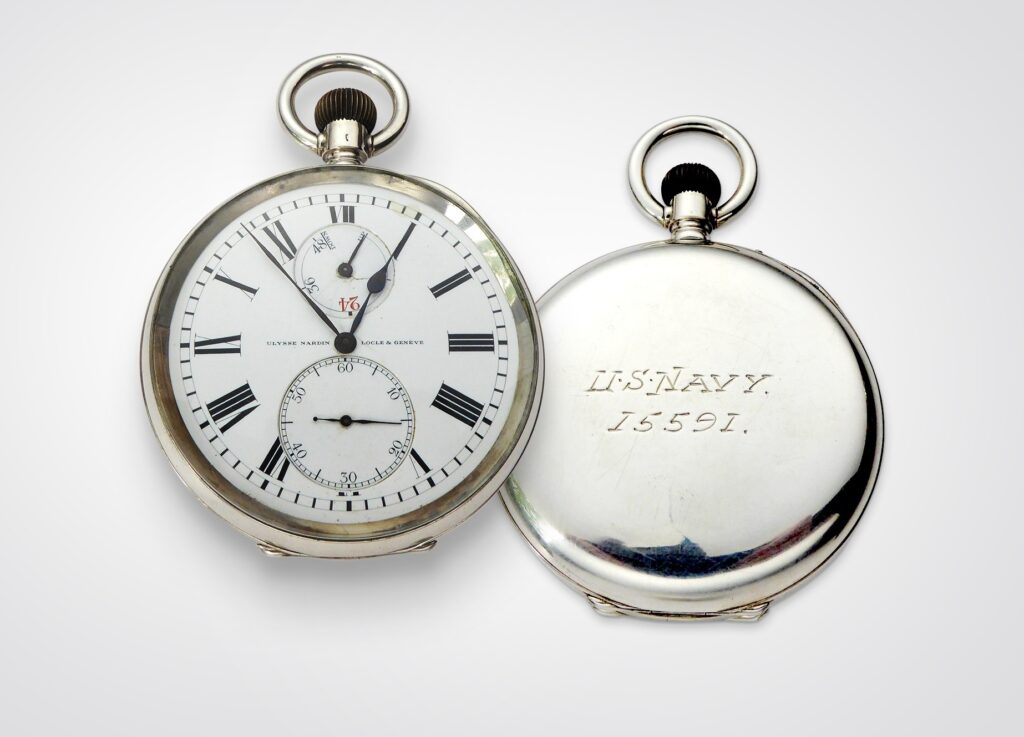
History of stopwatches
These days, we don't really think much about how we navigate from A to B anymore. We type in the destination and Google Maps on the smartphone guides us -most of the time smoothly and via the most efficient route- to that destination. But not even that long ago, navigation was a true science, especially at sea.
Maritime navigation was rather imprecise until the early eighteenth century. This was because people already knew how to determine latitude but not longitude. The latitude was determined by using a sextant to measure the angle between the horizon and the sun. When this angle was at its greatest, you knew it was 12:00 noon. The sextant then gave the latitude for the measured angle at that location.

John Harrison figured out in 1735 that you could also determine longitude using this local time, as long as you also knew the time at home (Greenwich Mean Time). This is because the earth rotates 360 degrees in twenty-four hours. This amounts to fifteen degrees per hour. So if you measure a local time of 12:00 based on the sun while GMT indicates 14:00, you know you have sailed 30 degrees west. To measure this precisely, however, you need to be able to monitor home time with particular accuracy. So Harrison developed the chronometer for exactly this purpose.
You can therefore think of the first maritime chronometers as pure navigation instruments. They were extremely expensive and delicate timepieces with an obsessive focus on accuracy. For this reason, they were often built in sturdy wooden cases and only the captain and navigator were allowed to operate them. If you forgot to wind the clock, or damaged it on the way, you were lost at sea. At least, you had no idea anymore where exactly you were, with all the possible consequences.
Modern stopwatches
So the pursuit of highly precise timepieces is not merely a prestigious issue. In the past, lives literally depended on it. As a matter of fact, they still do: modern GPS still relies on extremely precise timekeeping. Only nowadays this is done with atomic clocks instead of ship's chronometers.
In modern wristwatches, the chronometer label means we are dealing with a watch that meets specific accuracy requirements. Perhaps the best-known 'seal of quality' is COSC, or Contrôle Officiel Suisse des Chronomètres. COSC is an independent institute that inspects and certifies timepieces according to the ISO 3159 standard. The timepiece, before being mounted in the watch, is tested for 16 days. In different positions and at different temperatures and humidity levels, the accuracy is measured. On average, the deviation must not exceed -4/+6 seconds per 24-hour period.
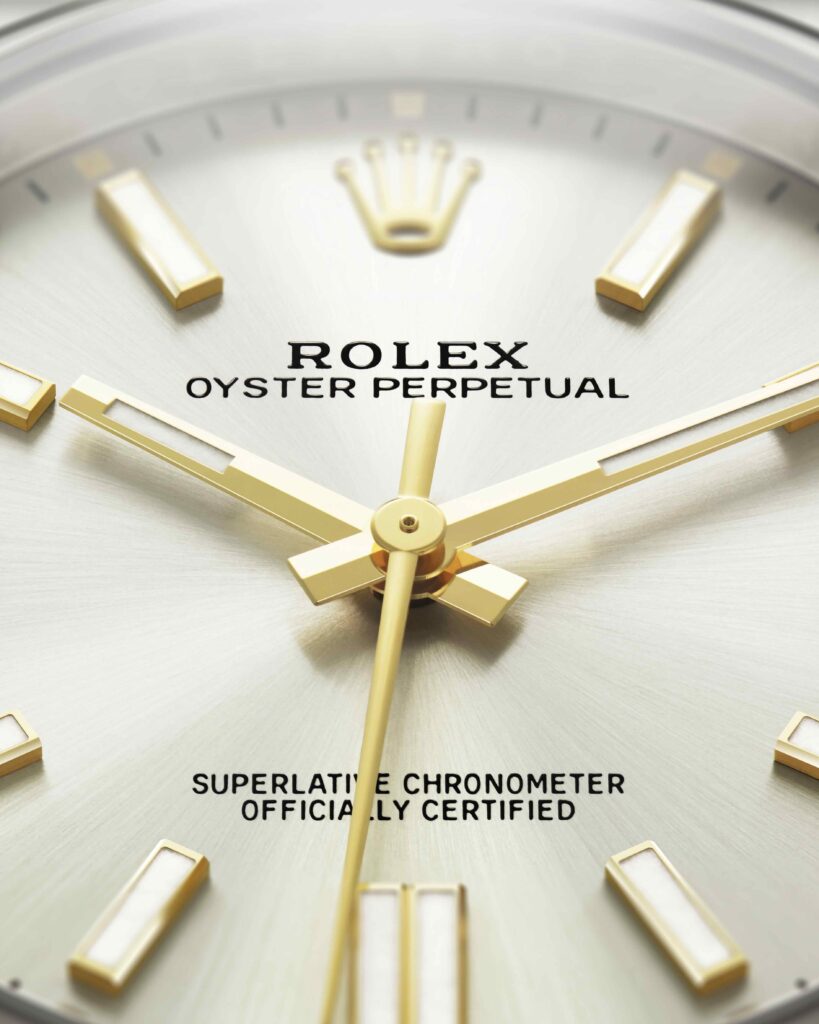
But COSC is not the only body that certifies chronometers. Japan, for example, has its own body that certifies Japanese watches. And Rolex first has its timepieces certified by COSC to then test them (mounted in the watch cases) against even stricter requirements. This involves achieving a deviation less than -2/+2 seconds per 24-hour period. Rolex describes this as ''Superlative Chronometer Officially Certified'.
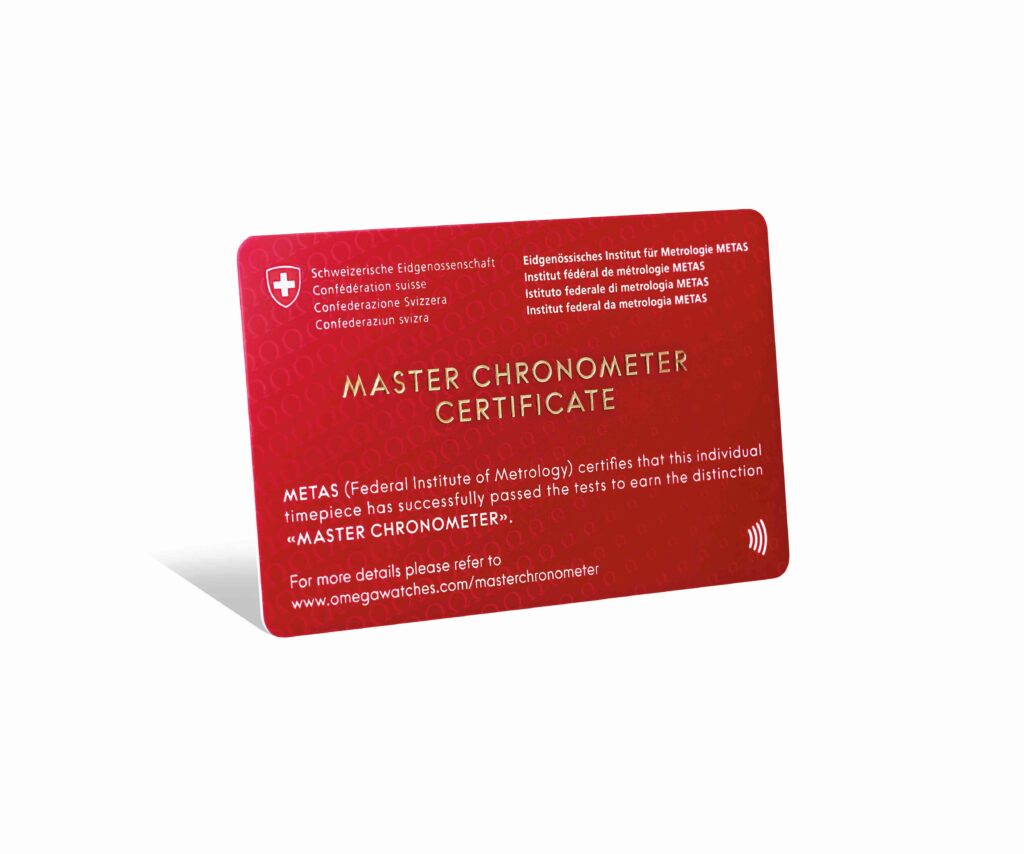
Then there is the Swiss Federal Institute of Meteorology, METAS. They too do verification and certification of timepieces. Unlike COSC, METAS requires the entire watch to be tested, not the individual movement. Thus, water resistance is also measured and the deviation must be within the norm 0/+5 seconds per day.
Why faster is better than slower
You may notice that both COSC and METAS accept a larger deviation for clocks running too fast than for clocks running too slow. This has a very practical reason: as the years pass, the oil in the watch slowly thickens. As a result, it starts running more viscous and thus slows down accordingly. It is therefore always nicer when your brand new watch runs a little too fast, rather than too slow. A watch that is too fast slowly pulls towards perfect timekeeping; a watch that is too slow only becomes less accurate over time.
This is also exactly why most watchmakers will run your watch a little too fast after a service. If nothing crazy happens along the way, it will slow down on its own. Of course, that's with the big caveat that you don't damage or expose the watch to shock or magnetism.
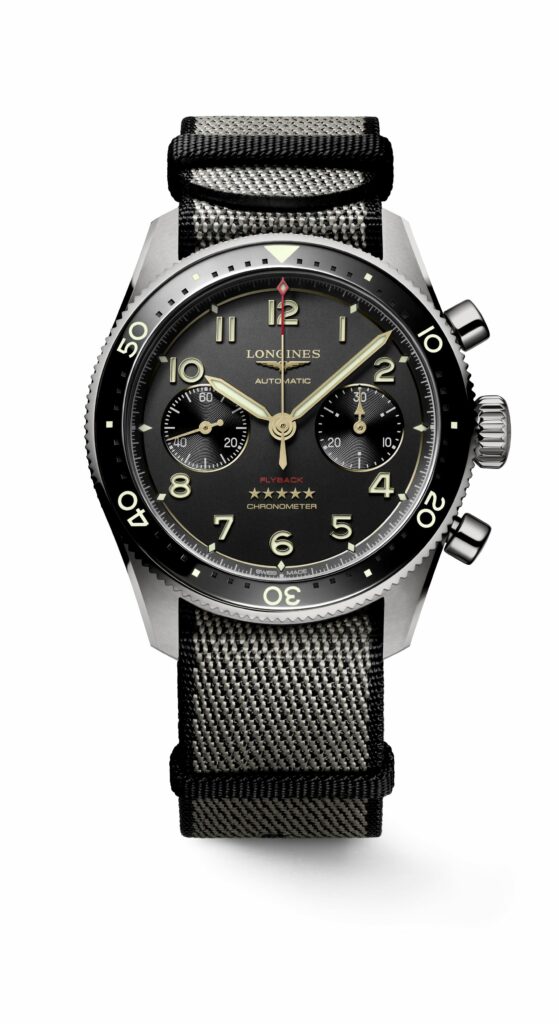
What is needed to achieve chronometer standards
Many modern timepieces are basically capable of making it to chronometers. Most well-known ETA and Sellita calibres and their derivatives are capable of it. The movements then simply need to be tuned more precisely. So no structural, mechanical adjustment is needed. However, it does take more time... and therefore money.
Some, mostly older calibres cannot be adjusted sufficiently tightly. This may be the case, for example, because a small balance wheel has been used. The inertia is then too small to ensure very precise adjustment.

Of course, there have been quite a few attempts over the centuries to make timepieces more precise. A -literally and figuratively- fine example of this is the tourbillon. This particularly complicated complication mainly improved the constancy of the movement at different angles. However, research shows that the energy and space required would actually be better spent on a larger escapement with a larger intertie, when looking purely at performance. The tourbillon is therefore mainly an admirable piece of technology but not so much functional when you aim for chronometer precision.
COSC stopwatches
As mentioned, COSC is by far the most common chronometer standard for Swiss watches. However, both the more precise adjustment of the movement and the certification itself cost money. And even the fancy certificate that comes with some watches has to be paid for separately. For this reason, you see chronometer certification mainly on high-end watches. A small selection from the endless list of brands that have COSC chronometers on offer: Longines, Tissot, Formex, Breitling, Christopher Ward and Rolex (with thus an extra superlative sauce).
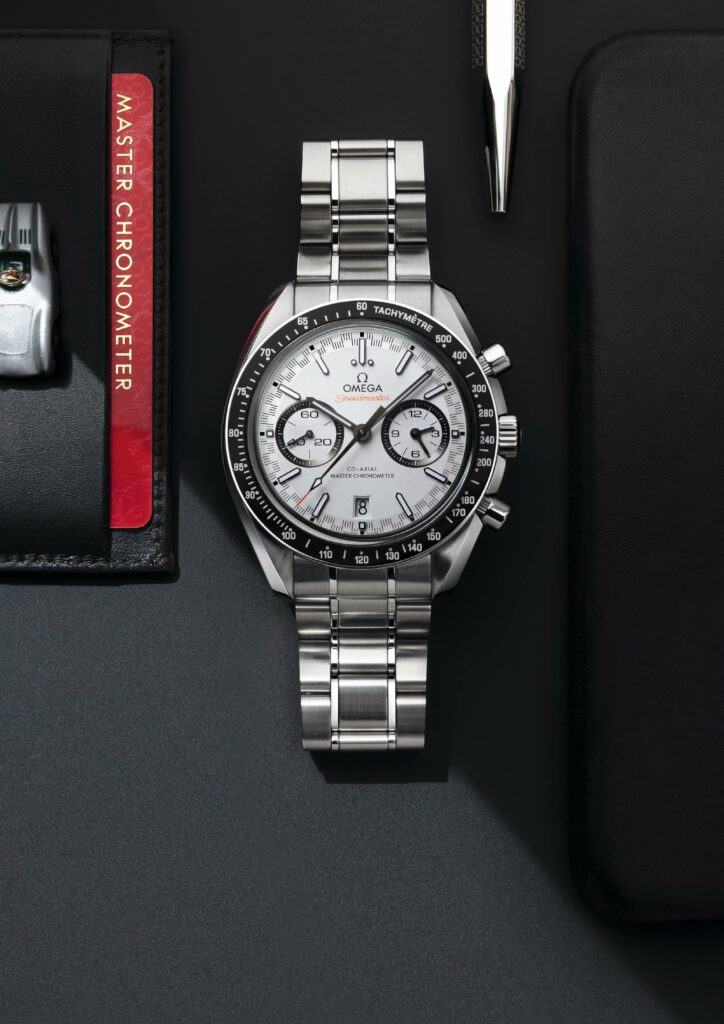
METAS stopwatches
METAS was for a long time best known for certifying Omega watches. Their Master Chronometer standard consisted of a combination of COSC and METAS certification. Put simply, Omega Master Chronometers contain COSC-certified timepieces that- once built in-are also tested and certified by METAS.
Recently, by the way, some Tudor watches have also become METAS-certified, such as the recent Black Bay with the red bezel and the five-link tape, for example. And there is now even an independent unit of METAS in the building of the Tudor manufacture, so we can safely count on more Tudor METAS chronometers in the near future.
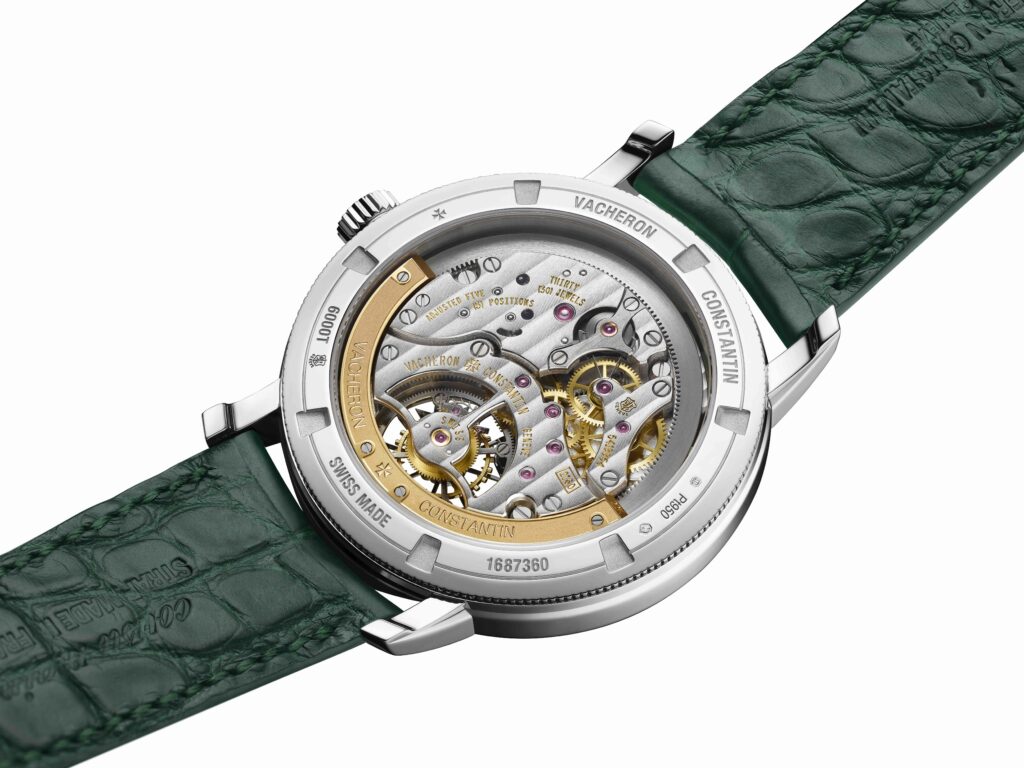
Geneva seal/Poinçon de Genève/ Seal of Geneva
A slightly different certificate is the Geneva Seal. This certification is issued by the Geneva School of Watchmaking. It is mainly an assessment of quality in terms of workmanship, but precision is also taken into account. However, this 'seal of quality' is not an option for every watch brand, as only timepieces from the Canton of Geneva qualify. A chronometry claim is thereby optional, but is accredited under the Geneva Seal. The Canton of Geneva outsources this certification to an institute called Timelab. Here, timepieces are tested against ISO standard 3159. According to this standard, Category 1 chronometers are allowed to deviate an average of -4/+6 seconds per day. Category 2 chronometers deviate by an average of -5/+8 seconds per day. You will find this Seal of Geneva as an engraved stamp on the timepiece. Brands that regularly have their timepieces certified include Chopard, Vacheron Constantin and Cartier.
